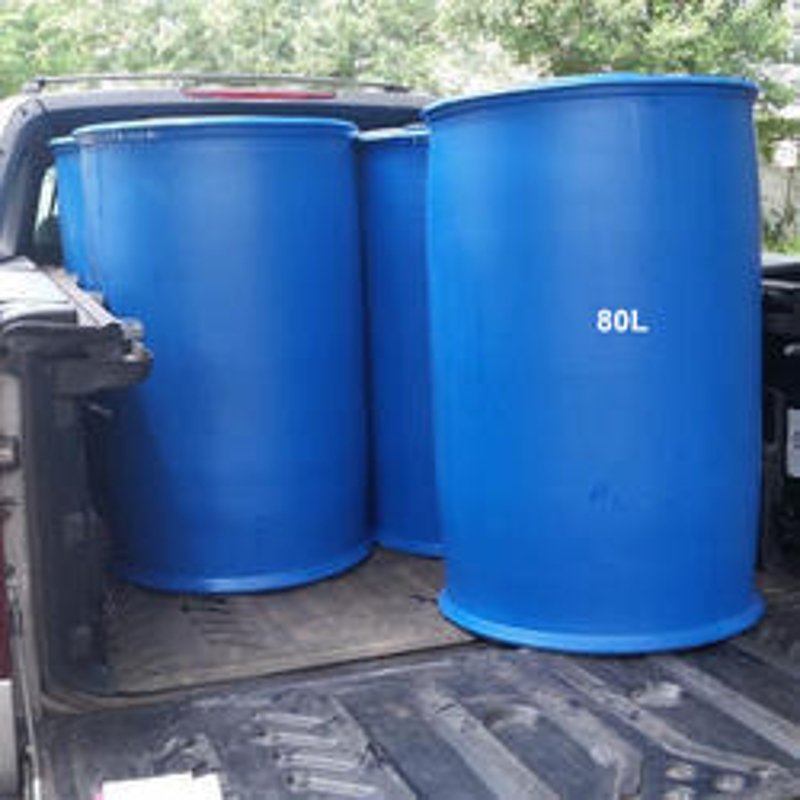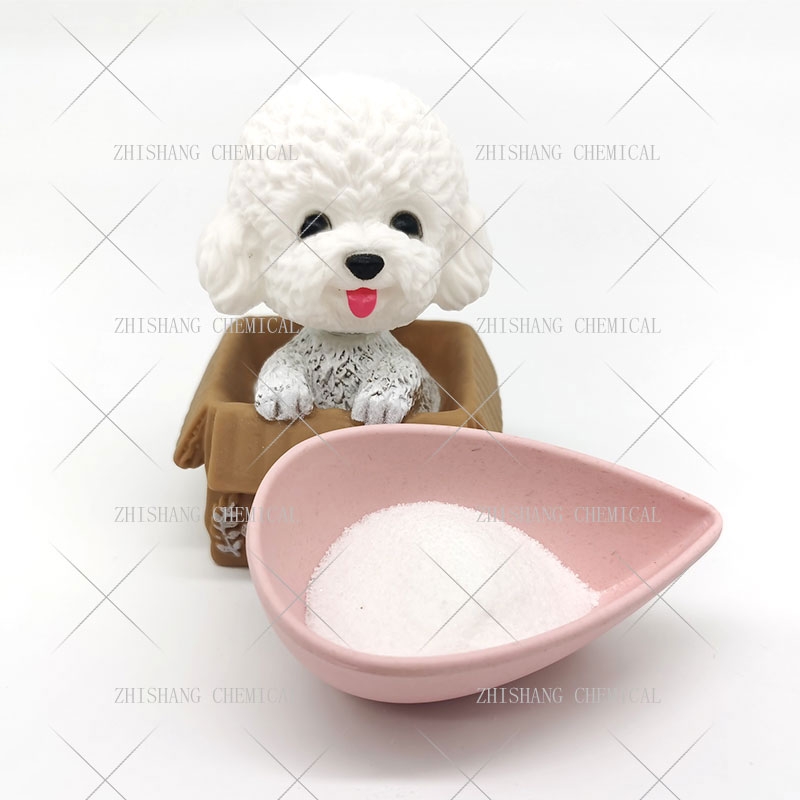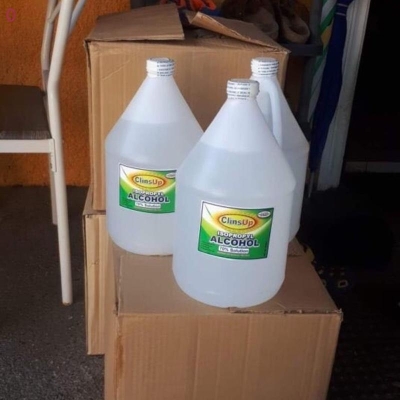-
Categories
-
Pharmaceutical Intermediates
-
Active Pharmaceutical Ingredients
-
Food Additives
- Industrial Coatings
- Agrochemicals
- Dyes and Pigments
- Surfactant
- Flavors and Fragrances
- Chemical Reagents
- Catalyst and Auxiliary
- Natural Products
- Inorganic Chemistry
-
Organic Chemistry
-
Biochemical Engineering
- Analytical Chemistry
-
Cosmetic Ingredient
- Water Treatment Chemical
-
Pharmaceutical Intermediates
Promotion
ECHEMI Mall
Wholesale
Weekly Price
Exhibition
News
-
Trade Service
83%
In the continuous 220-hour "endurance" test, the aerobic dehydrogenation process catalyzed by this new type of zeolite molecular sieve maintained a selectivity of up to 83%, with a conversion rate of 32.
9% to 43.
7%, and various performances were stable
.
Looking around, polypropylene plastic bottles, crystal clear "plexiglass", and even daily necessities such as baby's diapers are all products of propylene deep processing
.
Coupled with the global outbreak of new crown pneumonia, the consumption of masks has risen sharply, and its upstream raw material propylene has also been tight
Where does the huge amount of propylene come from? In the world's "new" propylene production lines, the technology of propane dehydrogenation to propylene has begun to dominate
.
In response to this technology, Xiao Fengshou, Wang Liang and Meng Xiangju's team from the Department of Chemistry of Zhejiang University have developed a zeolite molecular sieve catalytic material, which is expected to make the production of propylene cheaper and more efficient
Get rid of oil dependence and demand more propylene from propane
Propylene is one of the basic organic chemical raw materials with the highest output in the world
.
Industrially, the traditional preparation method is "to ask for propylene from petroleum"
"The limitation of this route lies in the dependence on petroleum
.
" Professor Xiao Fengshou's team has been committed to the efficient use of carbon-based energy.
Propane is abundant in nature, and it is the main component of shale gas
.
Before better use of technology, the "destiny" of propane was burning
Researcher Wang Liang, a member of the research team, added that another advantage of this technology is that propane is very cheap.
Through dehydrogenation technology, it can be turned into propylene with higher economic value
.
It is worth noting that this type of technology is also divided into two routes: anaerobic dehydrogenation and aerobic dehydrogenation
.
At present, the former is applied.
The other is aerobic dehydrogenation route, which is expected to show advantages in terms of energy consumption and anti-carbon deposition.
The scientific community has been studying it for decades, but has not "found" a catalyst that meets the actual industrial production, so it has not yet been used in the industry.
achieved
.
Re-exploring "dead end" isolated boron performance is gratifying
In 2016, the I.
Hermans team of the University of Wisconsin and Lu Anhui's team of Dalian University of Technology successively discovered the excellent selectivity of boron nitride in the aerobic dehydrogenation of propane
.
The research aroused the research enthusiasm of the academic circle, but this wave of research enthusiasm quickly "extinguished"
Studies in the academic circle have pointed out that although boron nitride has good selectivity, its catalytic activity and water resistance stability are still difficult to meet actual needs, and a consistent negative judgment has been formed: the catalytic activity of boron catalysts comes from multiple boron centers
.
Isolated boron does not work
But the joint R&D team decided to return to the "dead end" to find out
.
Years of catalyst research and development experience tells them that there are still many scientific questions to be explored.
For example, where are the active sites of the boron-based catalyst? How does it exert its catalytic activity? For this reason, the research team designed a way to isolate The boron-centered zeolite molecular sieve catalyst material
.
Zeolite molecular sieves are a common type of porous material.
The pore diameter is usually less than one nanometer, so it can be used to "sieve molecules
.
"
Wang Liang said that in addition to focusing on the active site itself, the "environment" in which the catalyst is designed is also the key
.
"In other words, who is the'neighbor' and how to
arrange it is equally important .
" In the structure of the zeolite molecular sieve material used by the R&D team, there are siliceous and oxygen species around the boron to coordinate with it.
Boron is an isolated boron, not a lot.
Poly boron
.
To the surprise of the research group, this catalyst with a specific coordination environment boron center showed excellent catalytic performance in the aerobic dehydrogenation of propane, far exceeding the traditional supported boron oxide catalytic materials
.
In the continuous 220-hour "endurance" test, the aerobic dehydrogenation process catalyzed by this new type of zeolite molecular sieve maintained a selectivity of up to 83%, with a conversion rate of 32.
9% to 43.
7%, and various performances were stable
.
The paper review experts believe that this research breaks the traditional cognition that isolated boron centers cannot catalyze the dehydrogenation of propane, and further deepens the understanding of propane dehydrogenation and its active centers, and is a step toward industrially realizing propane aerobic dehydrogenation to propylene.
An important step has been taken
.







